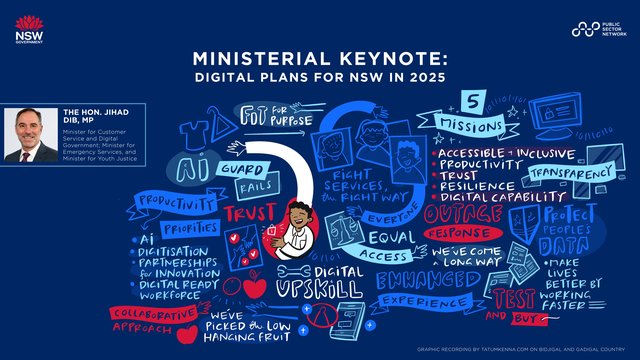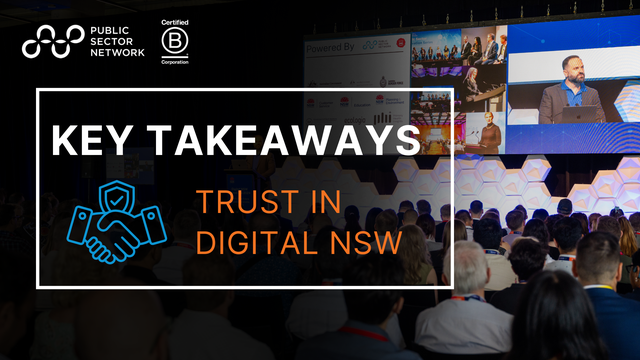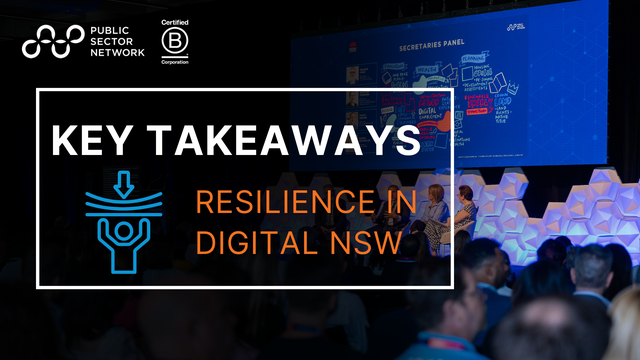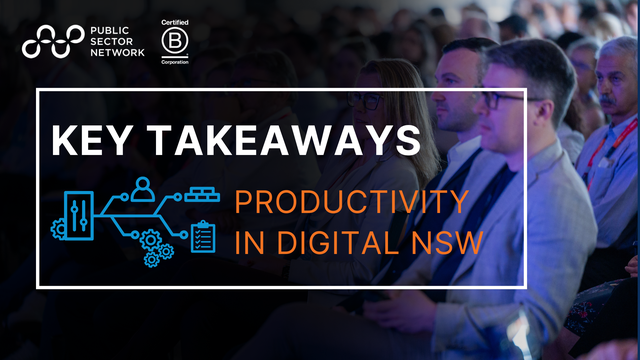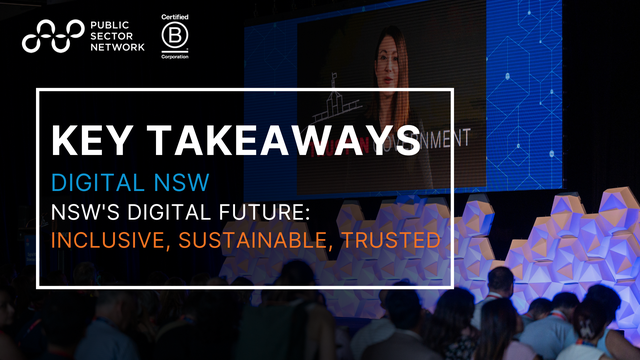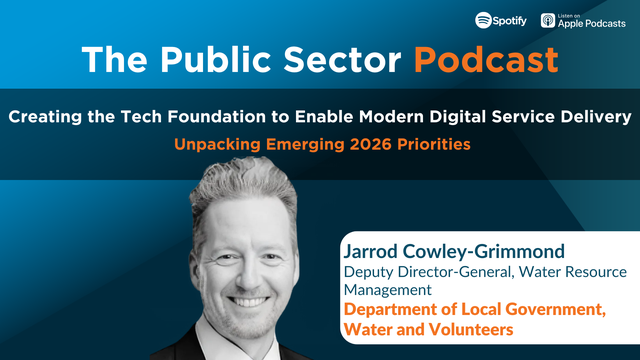
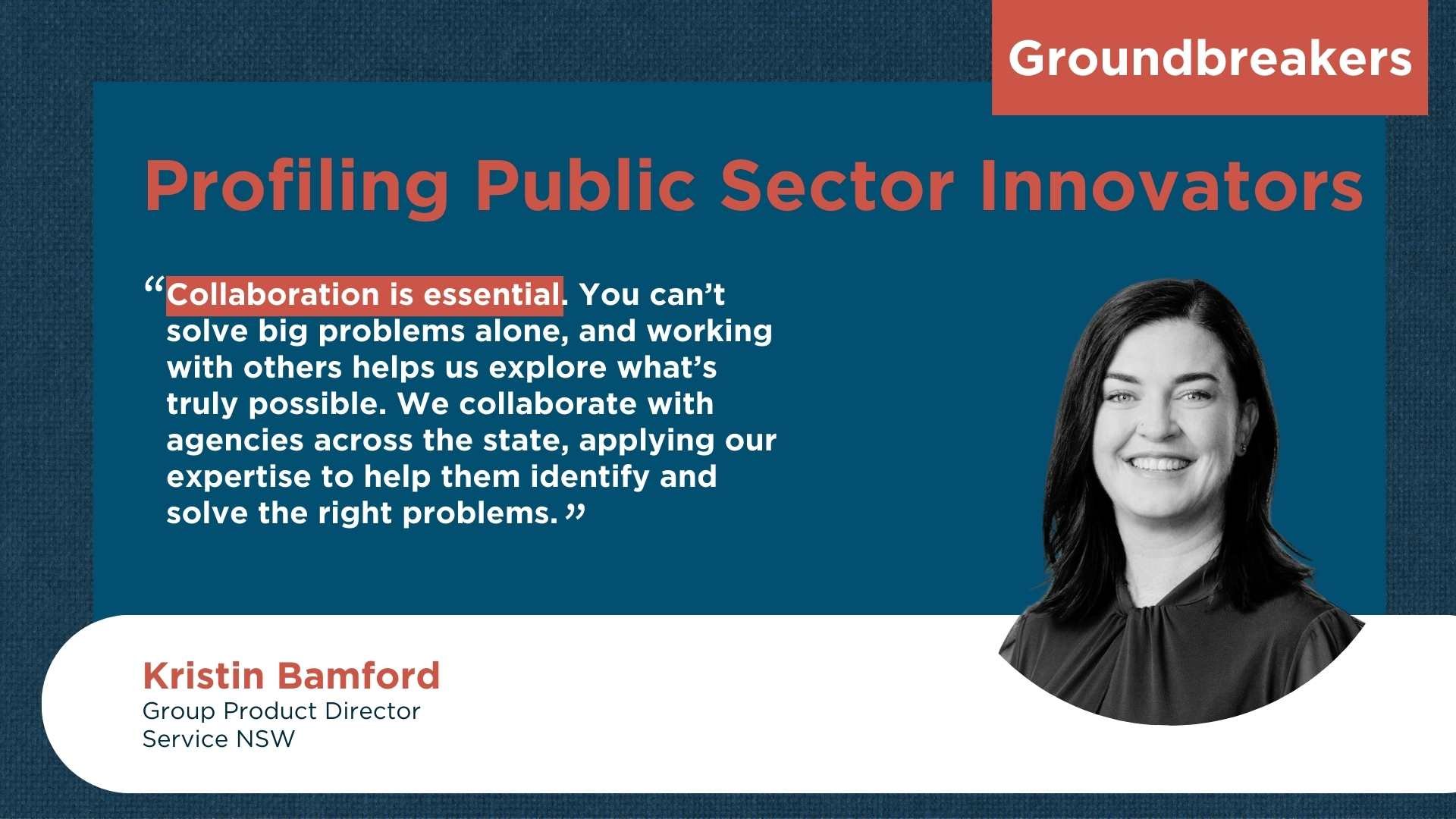
Digital NSW recently released its digital strategy, which aims to make digital services accessible, inclusive, an enabler of productivity and local economies, keep New South Wales (NSW) safe online and in-person and improve public trust in digital infrastructure. It also works consultatively to aid other NSW state organisation’s digital transformation.
The range and breadth of digital projects that Digital NSW is involved in is indicative of the increasing opportunities for government professionals to delve into a career in tech while also working in service of public sector values.
Public Sector Network recently spoke with Kristin Bamford, the group product director of Service NSW, about her work in public sector tech and her vision for the potential of government-driven transformation on citizens lives.
Jordan Mullins, Head of Editorial, PSN: To start, could you share a bit about your current role?
Kristin Bamford, Group Product Director, Service NSW: Absolutely. My work involves strategic and operational leadership in the digital domain, managing teams, products, and user experiences that deliver value to the people of New South Wales.
JM: That sounds like a lot of responsibility. On a day-to-day basis, what motivates you to keep going?
KB: Honestly, coffee is my immediate answer! But on a deeper level, I’m motivated by the idea that every new day brings new challenges.
No two days are ever the same, and I love being productive. I’m driven by achieving goals, although with time, I’ve learned to also enjoy the process of reaching them.
As a mother of two teenagers, I’m also motivated by being a good role model for them. I spend a lot of time at work, but I also study, and my personal values push me to stay focused and purposeful each day.
JM: You’re studying right now? Tell us more about that.
KB: Yes, I’m doing an Executive Master’s of Public Administration through the Australia New Zealand School of Government. It’s very aligned with my current role and incredibly fascinating.
JM: What inspired you to pursue this degree?
KB: I've been in public service for 20 years now, starting as a grade 1-2 telephone operator with NSW Police. Over the years, I’ve moved from operational roles into more strategic positions. This degree gives me the tools to provide a different type of value to the public sector, enhancing leadership skills and understanding the intricate relationship between government and public agencies. It also allows me to collaborate with various parts of the public sector and contribute in new ways.
JM: With such a breadth of experience, what are your priorities in your current role?
KB: One of the main priorities is maintaining the stability, security, and performance of the digital products we manage.
I oversee several critical platforms like the MyService NSW account, the mobile app, digital driver's licenses, and more. In today’s cybersecurity landscape, ensuring these products are secure and perform optimally is a constant focus.
We also look at how we can align with government policies and objectives, particularly in areas like customer accessibility and enhancing our omni-channel experience.
JM: It's clear you're deeply involved in tech solutions for the public. From your perspective, how does a tech career in the public sector differ from one in the private sector?
KB: I’ve never worked in the private sector in a tech role, but I collaborate with many who have.
One key difference is that in the public sector, we’re not driven by profit. Instead, we’re solving complex problems that impact the community at large.
Our focus is on delivering value to the citizens of NSW, and many public servants can directly relate their work to something personal in their lives or within their communities. It creates a sense of purpose that’s different from what I hear about in the private sector. Additionally, we get to work with emerging technologies while focusing on efficiency and citizen outcomes.
JM: Without the focus on profit, how do you measure success in the public sector?
KB: Success in the public sector is multi-faceted.
First and foremost, we have to ensure we’re delivering value for the public, and that means spending taxpayer money wisely.
We measure success through both qualitative and quantitative data, always seeking customer feedback. Human-centered design plays a big role in our process; we work closely with customers to understand their needs and then develop solutions that address those needs effectively. We also strive to be great partners to other government agencies, ensuring we provide efficient solutions that benefit the wider public sector.
JM: You’ve touched on many projects Service NSW is working on, including the recent digital strategy release. How does your team decide which projects will benefit the public the most?
KB: That’s a great question. We’re part of the broader Department of Customer Service, so our decisions are influenced by the department’s strategic goals. We’ve built a robust catalogue of digital capabilities, and while we may not always initiate projects ourselves, we often partner with other agencies to deliver their objectives. We look for projects that leverage our existing assets—such as our data and platforms—while always keeping customer accessibility and inclusion in mind. For instance, we’re currently exploring ways to make our digital services more accessible to communities who may not yet fully participate in them, such as through translation services.
JM: That’s a fascinating approach, especially the collaborative nature of your work. Is there anything that might surprise people about Service NSW’s capabilities or how you work with other agencies?
KB: I think some might be surprised by how much we focus on research and discovery before jumping into solutions. We spend a significant amount of time validating problems, whether for government agencies or other organizations. This helps us clearly articulate the challenges at hand and ensures that when we do implement solutions, they are both effective and efficient.
We follow a lean, iterative approach, incorporating practices like test-driven development and experimentation to continually refine our solutions.
It’s a process that may not be as widely known, but it’s incredibly valuable.
JM: How does collaboration factor into your success, especially with external partners?
KB: Collaboration is essential. You can’t solve big problems alone, and working with others helps us explore what’s truly possible. We collaborate with agencies across the state, applying our expertise to help them identify and solve the right problems. This collaborative approach ensures that we’re all aligned on the outcomes, making our efforts more effective and impactful.
In many cases, we can offer services comparable to consultancies, but with the added benefit of being embedded within the government ecosystem.
JM: Before we wrap up, is there anything else you’d like people to know about working with Service NSW or the public sector in general?
KB: I’d just emphasize the importance of approaching problems with a customer-first mindset.
We’ve built strong digital capabilities, but our focus always returns to the people we serve.
Whether it’s creating accessible services, enhancing customer interactions, or supporting other agencies, our goal is to improve the experience for everyone. And there’s always room for more collaboration—we’re eager to partner with anyone who shares our vision of making NSW a better place through technology.

